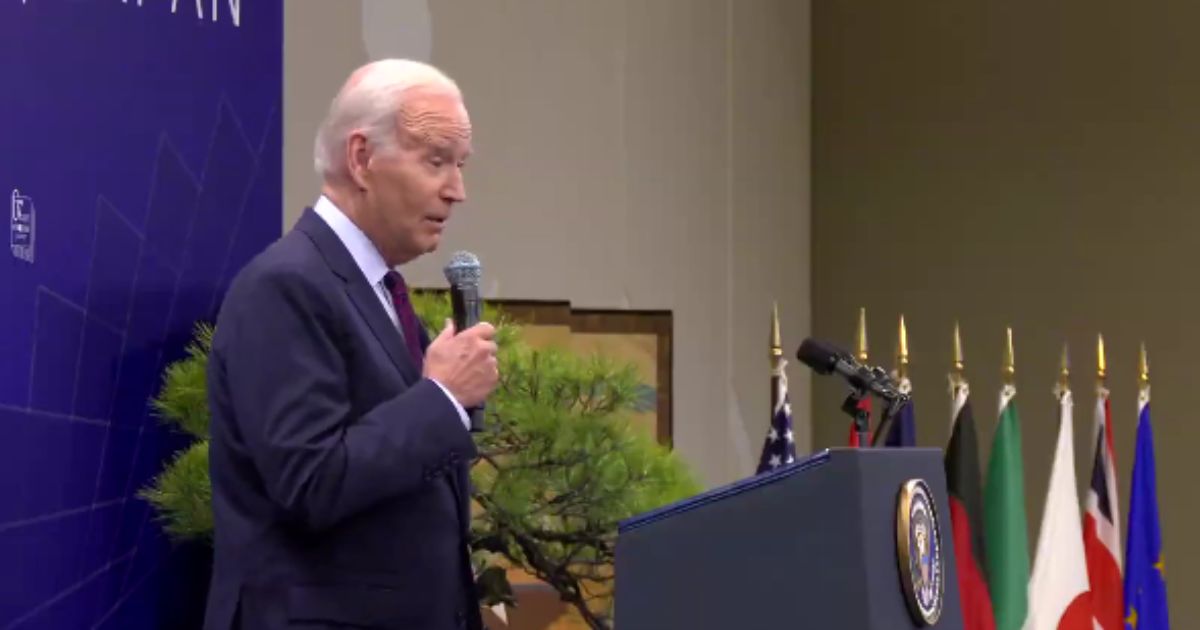New Research Suggests Ancient Origin Of The Shroud Of Turin Contradicts Medieval Claims
In a bold challenge to established scientific opinion, a nuclear engineer has presented new research that could rewrite the history of the Shroud of Turin.
Nuclear engineer Robert Rucker has articulated that recent findings support a first-century origin for the Shroud of Turin, disputing prior conclusions of its medieval creation, Catholic News Agency reported.
The Shroud of Turin, long revered by Christians as a potential relic of Jesus Christ, was subjected to carbon-14 dating tests in 1988 that suggested it originated between 1260 and 1380 A.D. These findings have categorized the shroud as a medieval fabrication rather than a biblical artifact.
Robert Rucker, a nuclear engineer with 38 years of experience, has raised significant questions about these conclusions. His research proposes that neutron radiation—potentially from the resurrection of Jesus—affected the carbon-14 dating by introducing new carbon isotopes into the shroud's fabric.
Shroud Research Challenges Established Carbon Dating
Rucker’s study, conducted through nuclear analysis and computer calculations begun in 2014, supports his theory that an influx of neutron radiation could have skewed the carbon dating results by altering the ratio of carbon-14 to carbon-12 isotopes in the shroud. This anomaly would make the fabric appear younger than it is.
Tom Philips, a physicist, initially suggested this hypothesis in a letter to the editor of the journal Nature in 1989, but researchers did not explore it in depth at the time. Rucker’s findings have now revived this theory with new data and analysis.
Rucker runs a website called Shroud Research, where he details his methodologies and findings, directly challenging the conclusions of the 1988 study, which used small fabric samples that were destroyed after testing.
Current Display and Cultural Impact of the Shroud
The shroud currently resides in the Chapel of the Holy Shroud, adjacent to St. John the Baptist Cathedral in Turin, Italy. Though scholars debate its origins, it undeniably impacts faith and culture, attracting thousands of visitors and researchers every year.
The Pope received ownership of the relic in 1983, and it now serves as an object of veneration and study. Researchers at the Othonia center in Rome continue to focus on ongoing studies of this mysterious artifact.
At St. Thomas the Apostle Parish and the University of Michigan in Ann Arbor, Michigan, Rucker will present his detailed findings at a workshop scheduled for Oct. 6-7, where he completed his studies.
Reactions to the Shroud's Significance
Paola Conti-Puorger, who manages the permanent shroud exhibit at St. Thomas, has expressed the importance of the shroud in terms of spiritual and humanistic values. She describes the shroud as reflecting the ultimate image of love and forgiveness, as well as a testament to the divine dignity of humanity.
Conti-Puorger believes that the relic is more than just an artifact; it is a living presence much like the Gospel itself, echoing the sentiments found in the Eucharist of Christ’s body and blood being present.
Father Bill Asbaugh adds to the discourse by highlighting how the findings of science can often augment faith, rather than contradict it, emphasizing that the shroud’s presence in St. Thomas was “providential”.
Faith and Science Intersecting Over the Shroud
The debate over the shroud’s origin is a prime example of where faith and science intersect, offering an opportunity for both fields to inform and enrich each other.
Rucker’s persistence in applying his nuclear industry background to the study of the Shroud of Turin offers a unique intersection of faith, science, and history that continues to captivate the public and scholarly communities worldwide.
This debate is not just academic but touches on the profound, as it challenges preconceived notions of what is possible in both physical and spiritual realms.



